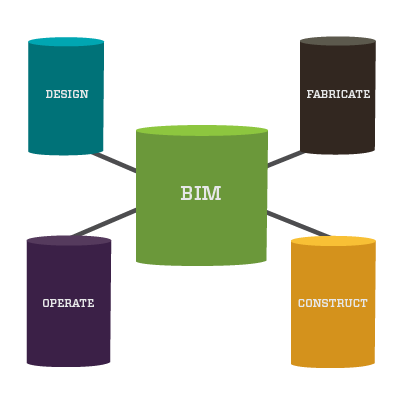As Building Information Modeling (BIM) continues to permeate the AECO industry, firms are developing data-rich design models that address both immediate and downstream criteria. Models tend to grow in size almost exponentially, often becoming unwieldy for project teams to manage. With little-to-no educated direction, ill-informed maintenance regimes and management practices can lead way to poor-performing models that become troublesome for documentation and coordination.
This spring, I had the opportunity to present a course at CAD Technology Center’s Midwest University conference. My course, titled “BIM Nirvana: Achieving Fidelity in your Revit Models”, addressed many of the best practices for Revit model maintenance and content management. Specifically, the discussion focused on managing project warnings, file size, imported content, and scheduling maintenance. As a parallel, many of my professional efforts at Array Architects echo these exact practices. My hope in presenting these concepts to a broader audience was not only to share Array's experience-based “means and methods” for achieving streamlined, high-performance models, but to also engage with other technology thought leaders and gain an understanding of industry-wide best practices.

Something I like to promote throughout each of Array’s national offices is the idea of technology “empowerment” and the belief that every one of our Revit users, regardless of the number of years using the software, can become “gurus” in their own right. To enforce this idea, we hold bi-weekly round-table meetings in which we discuss and demonstrate various Revit best practices, like those presented at Midwest University. We also use these group sessions as a venue to discuss the ways in which we are constantly evolving our own internal documentation and procedural standards. Technology and the tools available to us continue to advance at an almost exponential rate, and we need to stay ahead of the curve.

At Array Architects, we understand the importance of bringing all employees to a level playing field of technological savviness and aptitude. We invest in continual internal education because we recognize the benefits an optimized digital product can offer to our clients during design and post-occupancy building management.
Click the button below to download the course handout.


